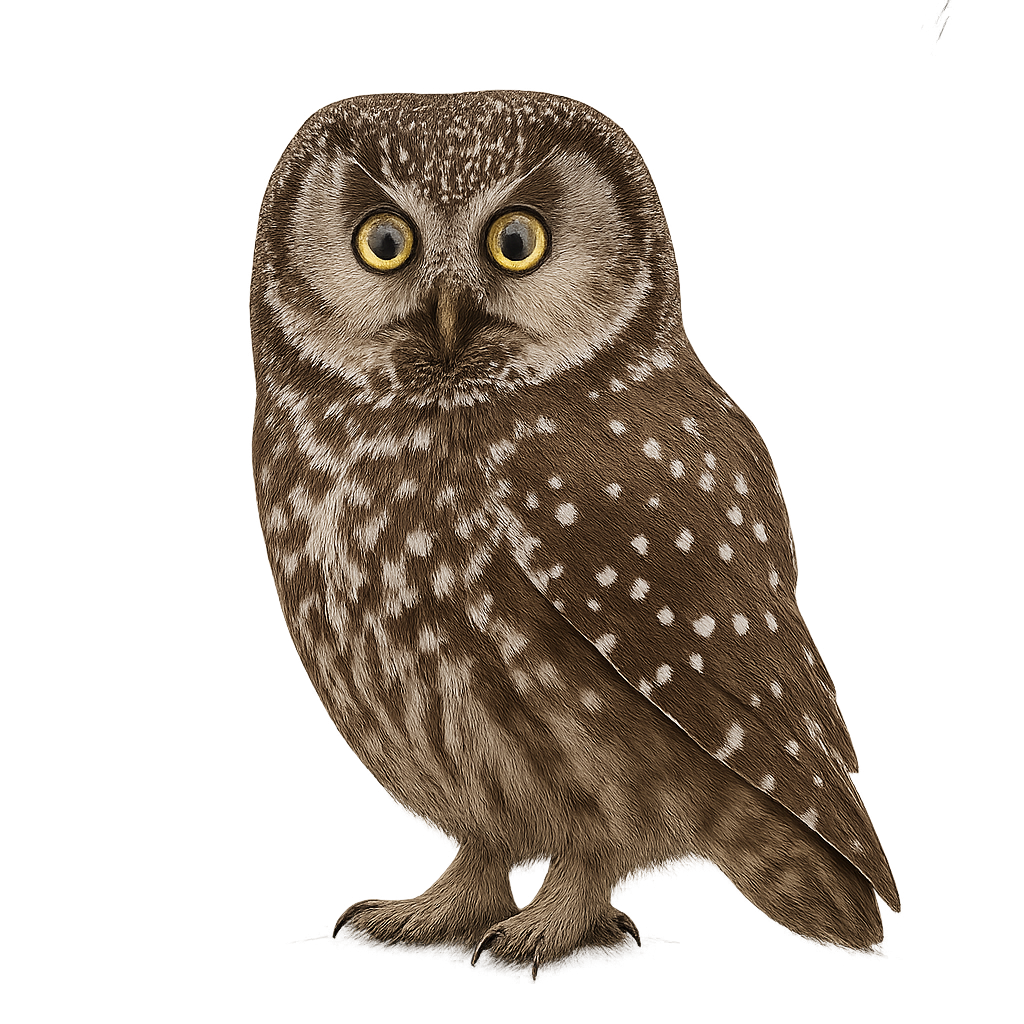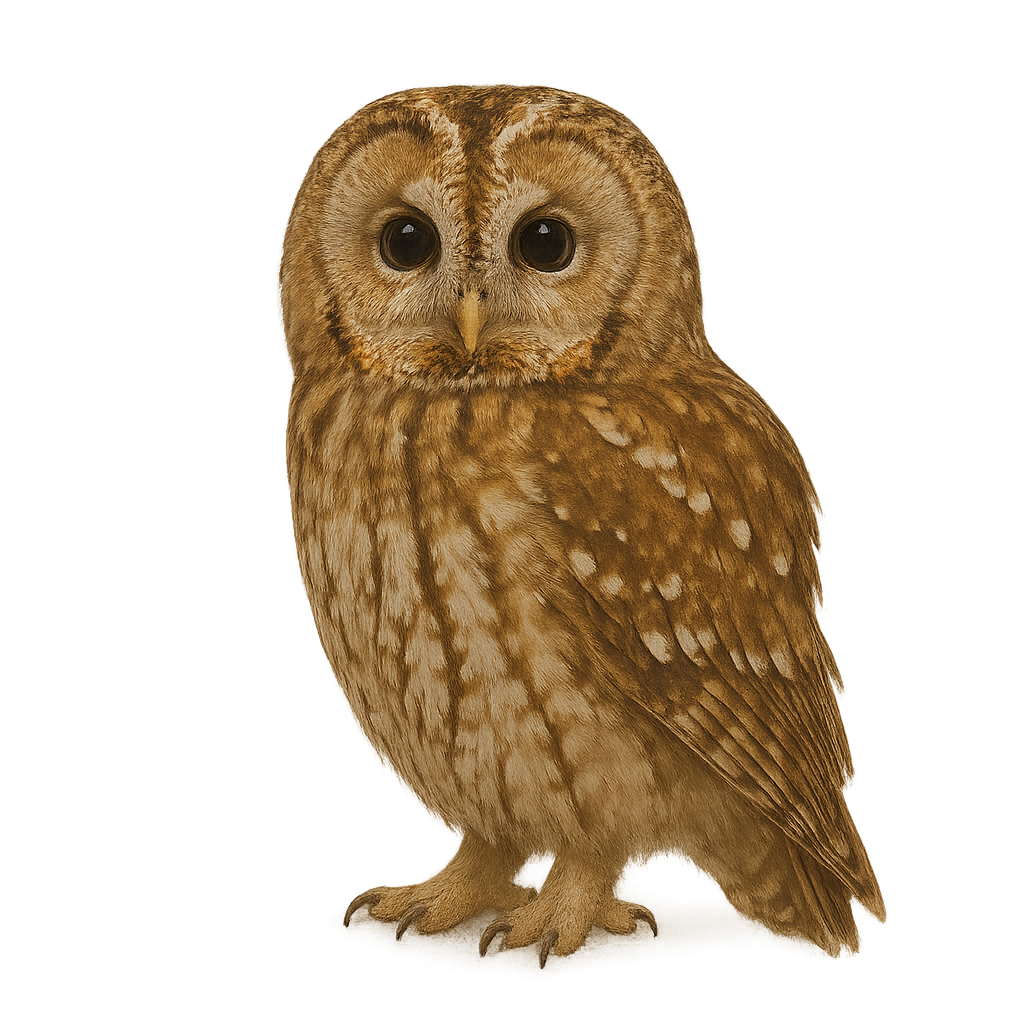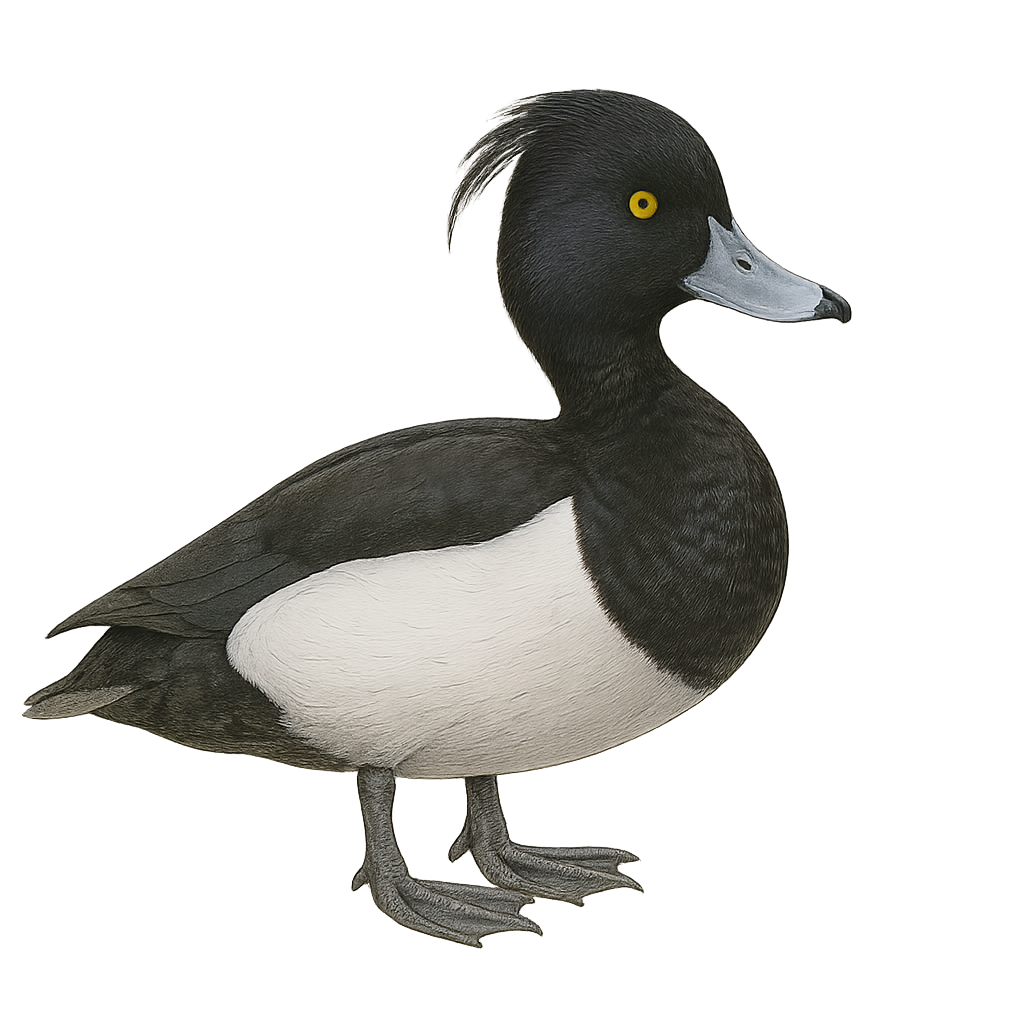Animal Species Profiles:
Mammals, Birds, Reptiles & More
Explore wildlife from around the world with the species profiles on WildlifePhotographer. Mammals, birds, reptiles… For each species, you’ll find key information such as habitat, observation periods, distribution, and photography tips. Want more details and advanced features? Download the full app for the complete experience.
Tengmalm's owl
Aegolius funereus
Tengmalm's Owl is a small nocturnal raptor, easily recognized by its small size and large, piercing yellow eyes. It has gray-brown plumage with characteristic white markings on the head, wings, and back. Its ears are very inconspicuous, and its face is surrounded by a pale facial disc. This owl primarily inhabits coniferous forests, dense wooded areas, and mountains, where it hides in tree cavities or abandoned nests of other birds.
Tengmalm's Owl mainly hunts small mammals, birds, and insects, which it catches at night by flying silently through the forests. It is particularly active during the breeding season, when it emits characteristic calls to attract its mate. Although it is relatively discreet and often difficult to observe, Tengmalm's Owl is protected in some areas, though its population is threatened by deforestation and habitat loss.
Tawny Owl
Strix aluco
The Tawny Owl is one of the most common owls in Europe, easily recognized by its round face forming a facial disc and its large, piercing black eyes. Its plumage is typically brown, with irregular white spots on the belly and back. It has a stocky body, broad wings, and silent flight, which is suited to its nocturnal hunting. This nocturnal raptor primarily inhabits broadleaf and mixed forests, as well as lowland wooded areas.
The Tawny Owl primarily hunts small mammals like rodents, as well as birds, insects, and worms. It uses its ability to fly silently to capture its prey, often in open areas like clearings, forest edges, or fields. It is also known for its characteristic calls, a deep, melodious "hoo-hoo." While its population remains stable in many parts of Europe, the Tawny Owl can be affected by habitat loss, light pollution, and human disturbances.
Tufted Duck
Aythya fuligula
The Tufted Duck is a medium-sized, elegant diving duck, measuring 40 to 47 cm in length. The male displays glossy black plumage with striking white flanks and a distinctive black tuft on the back of the head. The female is dark brown with paler flanks and a more modest tuft. Both sexes have a bluish-grey bill and bright yellow eyes. This species frequents lakes, ponds, reservoirs, and slow-moving rivers, often in flocks, and prefers areas rich in aquatic vegetation. It feeds mainly on mollusks, insect larvae, crustaceans, and aquatic seeds. A partial migrant, it is present year-round in temperate regions. Generally of Least Concern, though locally threatened by water pollution and wetland loss.
The Great Spotted Woodpecker
Dendrocopos major
The Great Spotted Woodpecker is an iconic bird of forests in Europe, Asia, and North Africa. It measures about 25 to 30 cm in length, with a wingspan of 40 to 45 cm, and weighs between 70 and 100 g. It is easily recognizable by its black and white plumage, with a red head in males and a red patch on the nape in females. The Great Spotted Woodpecker is an excellent climber, using its strong beak to tap on tree trunks in search of insects, primarily insect larvae and ants, which it extracts with its long, sticky tongue. It is often seen hammering wood in search of food or to mark its territory. The Great Spotted Woodpecker is found in a variety of forests, from broadleaf to mixed forests, and although its population remains stable, it is sometimes affected by habitat loss.





